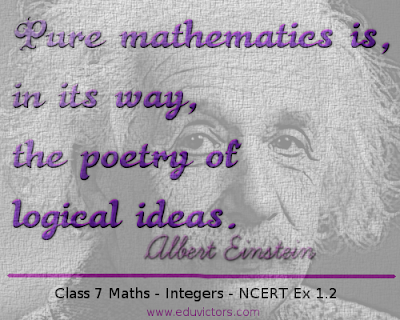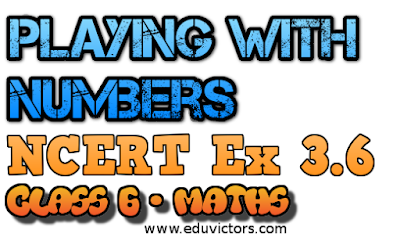Playing With Numbers
EXERCISE 3.5
CBSE Class 6 Maths
Q1: Which of the following statements are true?
(a) If a number is divisible by 3, it must be divisible by 9.
(b) If a number is divisible by 9, it must be divisible by 3.
(c) A number is divisible by 18, if it is divisible by both 3 and 6.
(d) If a number is divisible by 9 and 10 both, then it must be divisible by 90.
(e) If two numbers are co-primes, at least one of them must be prime.
(f) All numbers which are divisible by 4 must also be divisible by 8.
(g) All numbers which are divisible by 8 must also be divisible by 4.
(h) If a number exactly divides two numbers separately, it must exactly divide their sum.
(i) If a number exactly divides the sum of two numbers, it must exactly divide the two numbers separately.
Answer:
(a)
✗ (e.g. 15 is divisible by 3 but not by 9)
(b)
✔
(c)
✔
(d)
✔
(e)
✗ (e.g. 8 and 9 are co-primes and none of these are prime. )
(f)
✗
(g)
✔
(h)
✔
(i)
✗
Q2: Here are two different factor trees for 60. Write the missing numbers.







